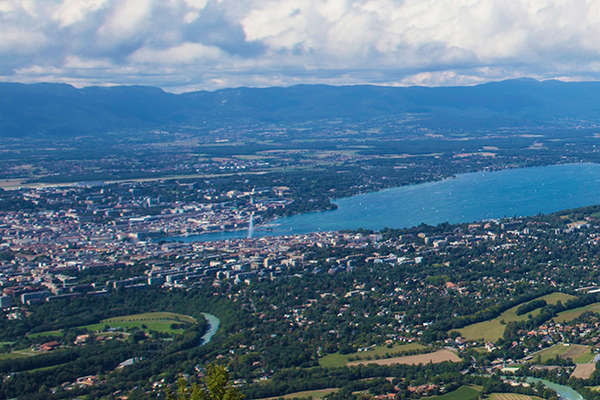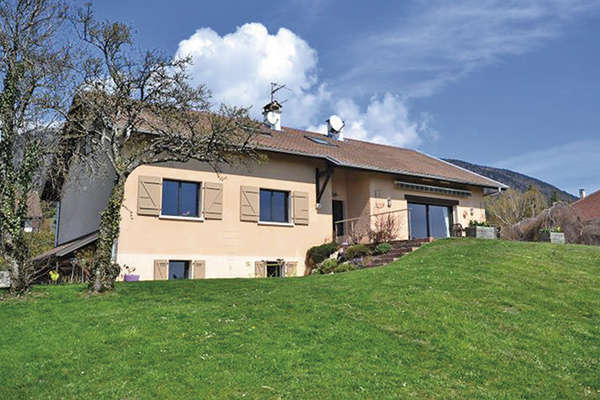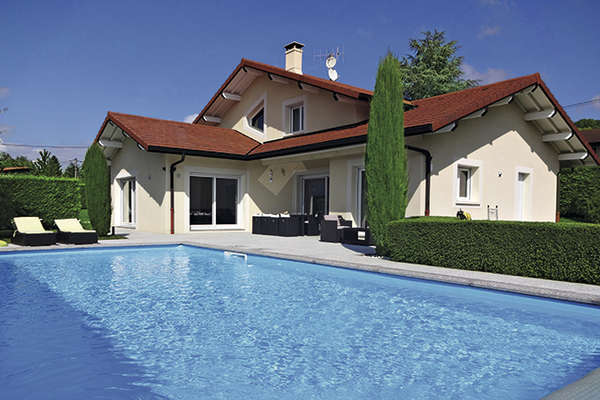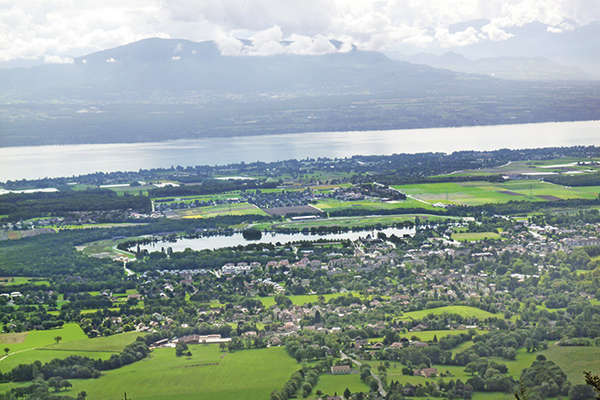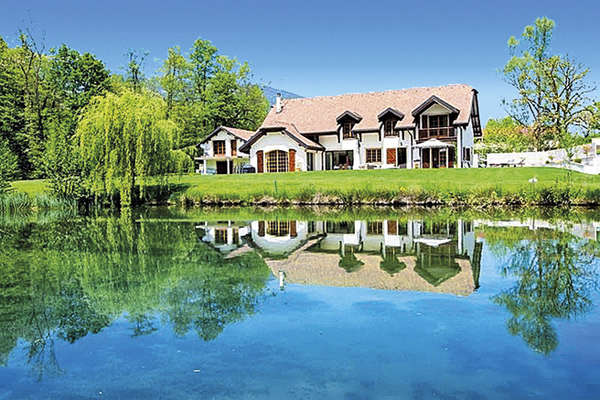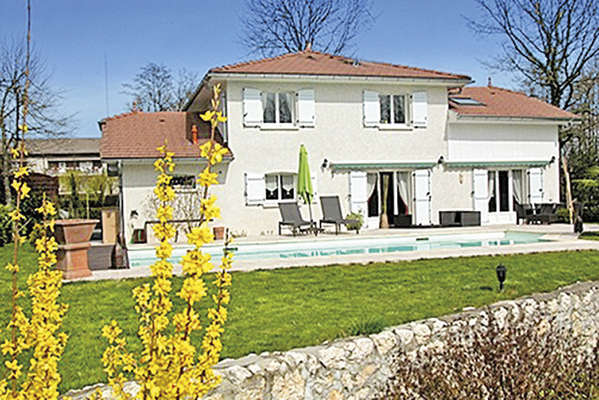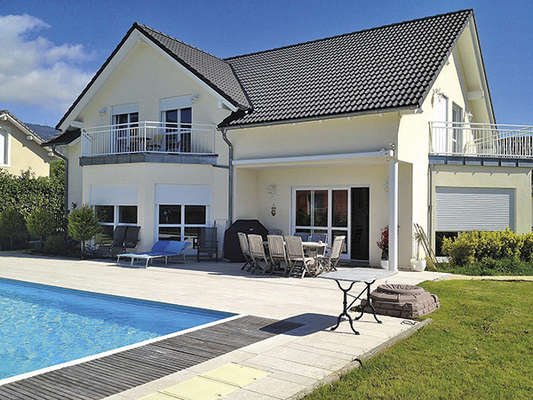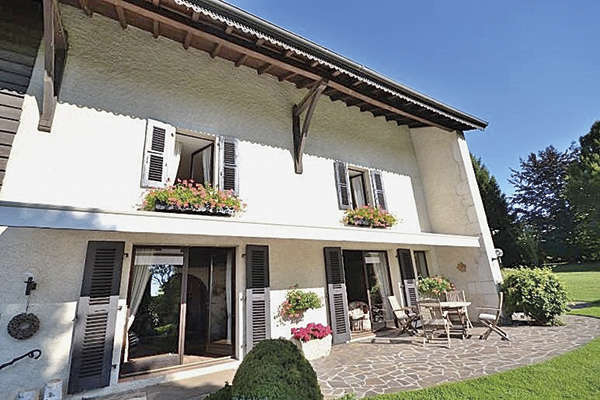Lyon and the nearby region : up-and-coming addresses
By Laetitia Rossi - 14 April 2011
Confluence, Vaise and Villeurbanne… The first two belong to the Prefecture of the Rhône, the third is an independent commune with 138,160 inhabitants. Their history, development and vocations are all diametrically opposed, yet they are all set to become sound values of the future. Let's take a closer look...
Long devoted to industry and transportation, Confluence occupies the southern tip of the Presqu’île of Lyon. Surrounded by rivers and hills, the site could help to double the size of the hyper-centre. 2005 saw the inauguration of the tramway. Office buildings rose from the ground in 2007. A total 370 acres of brownfield sites are to be replaced by a modern, go-ahead city centre. Renowned architect Christian de Portzamparc signed his name to the Hôtel de Région, while Jean-Paul Viguier is working on the leisure and shopping centre. In addition, about 4,000 new homes are in the pipeline. Work has started, or is in fact completed, on the Saône, and should not take too long on the Rhône. The nautical area has been created, the port transformed, and the water garden is in the making. “Each building will be related to a garden or a walkway,” says landscape-architect Michel Desvigne. Media, communication and special events agencies have a role to play in this area, characterized by “a wide diversity of use and social mixes”. For now, the Musée des Confluences holds a candle to the Siège du Progrès. On the banks of the River Saône, below the plateau of La Duchère, Vaise has attracted the atten-tion of the local authorities since 1996. They took advantage of the Metro service and the opening of the northern ringroad to launch a rehabilitation plan. Many public investments have since been made, followed by private developers, to improve the roads, facilities for young children, schools, sport and culture. Villeurbanne is finally getting rid of its working-class image. Bordering the Parc de La Tete d’Or, the 3rd and 6th districts of Lyon, Bron, Vaulx-en-Velin and the Rhône, this locality plays host to the Institute of Contemporary Art and Le Rize, the Mémoires et Société centre, some 2,660 m2 inaugurated in 2008, while the Théâtre National Populaire has been treated to a makeover. Villeurbanne has 148 acres of natural greenery, 200 sports clubs, a dense association life and a university campus, La Doua, with 20,000 students, 1,600 researchers, 1,200 doctoral students, 2,500 administrative staff and 700 other employees.
“Confluence has already demonstrated its potential since the building of its office blocks, La Darse, restaurants, bike paths along the Saône and energy efficient homes. An apartment of 115 m2 creates annual charges for energy consumption of only 280 €,” says Sophie Aknine of Akso Conseils. A school is currently under construction. The area still has considerable scope for progression. Residences proposed for sale in their future state of completion with underground parking facilities, cellars and terraces, find takers at 4,500-5,500 €/m2. Some boast penthouses with private pools. The first properties offered for resale are currently being seen, at the same prices. By way of information, developments announced in the 6th “arrondissement” range from 6,000 to 7,500 €/m2, while recent apartments cost 5,000-5,500 €/m2. Eventually, Confluence could well bear comparison with the Cité International, except that it benefits from a richer array of shops, good transport services and a central location. The only downside is the shortage of available properties. A trend which could be reversed next year, when new deliveries appear on the market.
“On Metro line D and not far from the ringroad and motorway, Vaise functions rather like a village,” says Franck Varreon of Solvimo Lyon 9e. One has to distinguish Place Valmy and Place de Paris, with their shops and amenities, from La Gorge du Loup, more off the beaten track. Here again, the banks of the Saône, taking residents as far as Neuville, are getting ready for a revamp. Similarly, a second tunnel under La Croix Rousse, intended for bicycles, public transport and pedestrians, will soon allow its users to reach the 6th “arrondissement” in just 5 minutes. A 10-minute drive suffices to reach Les Monts d’Or, 15 minutes in the case of Les Monts du Lyonnais. Prices flirt around 1,500 €/m2 for apartments in large blocks of council flats built in the 1960’s-1970’s in La Duchere, 2,000 €/m2 for those in 4-storey residences that were supposed to replace them, 3,200-3,500 €/m2 for post-1995 residences within a 10-minute walk around the Metro station, 3,800-4,000 €/m2 for pent-houses and 2,200-2,700 €/m2 for apartments in old buildings a 15-minute walk away. Once again, demand, largely emanating from first-time buyers, outstrips supply. As a result of recent transfers, Vaise is increasingly becoming a fall-back market.
“Confluence is a new creation, Vaise, a restoration and Villeurbanne, a city in the making, near the Presqu’île, the business district of La Part-Dieu, La Doua and main roads,” comments Jean-Paul Veloso of Akerys Immobilier. Little affected by the crisis, prices, despite a slight upward trend over the past 6 months, are still affordable, to the tune of 2,200-3,200 €/m2. The buyer profile is as diverse as the array of properties. Often from Villeurbanne, couples who are first-time buyers are looking for 2-bedroom apartments in the 180,000-230,000 € bracket. With a similar budget, seniors set their sights on an address near the Metro and everyday amenities, usually from Charpennes to Gratte-Ciel via République. A few rental investors pay 100,000-150,000 € for apartments with 1+ or 2 main rooms, attracted by a gross return of 5-6 % and the guarantee of a long-term asset. Finally, families pay 300,000 to 400,000 €, or beyond, for apartments or townhouses with 3 or 4 bedrooms. As in Confluence and Vaise, the stock of available properties in Villeurbanne does not meet the constantly rising demand.
